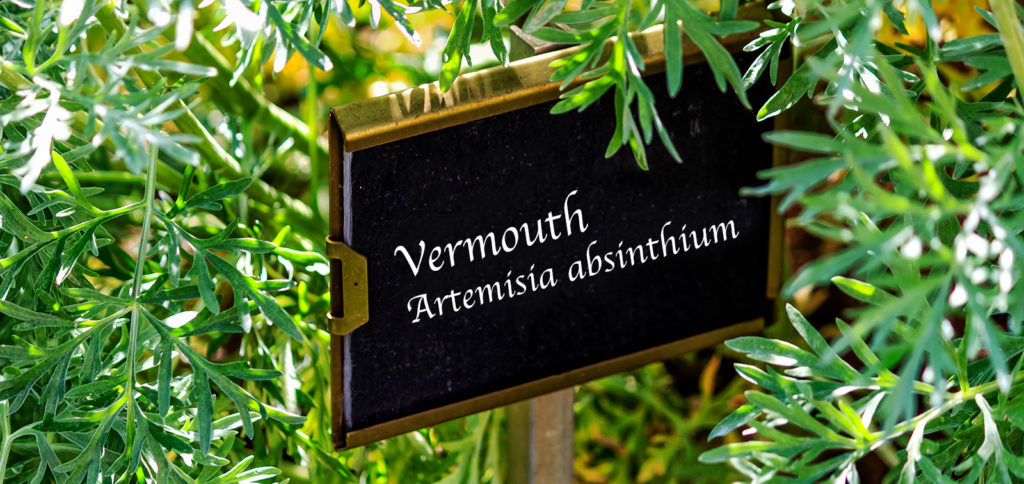Vermouth on the victory march

Long decried as cheap booze, vermouth has now rid itself of its negative image and is well on its way to taking bars, and eventually households too, by storm. Manufacturers and distributors see good opportunities for strong growth, especially in the premium segment.
“Vermouth is the new gin,” industry experts have rejoiced for some time now. They mean to say: The wine infused with herbs could soon even overtake highly ranked juniper berry spirits as the shooting star in the bar scene. Could it really?
As a reminder: Gin almost doubled its market volume between 2012 and 2017 while in the last year alone, its sales in Germany grew by almost 50 percent. Vermouth is still a long way from that. According to current figures from the market research institute IRI, the volume sold at retail (retail grocery stores including discount and drugstores) from January to October of this year actually declined by two percent. Yet prices rose, resulting in 3.4 percent higher revenues.
So why all the optimism from the makers and importers? It likely doesn’t have to do with the overall volume sold. And vermouth isn’t about to catch up to gin soon in absolute figures either: Almost 18 million bottles of gin were sold in the German retail market in 2018; for vermouth, it was just over half as many at 9.5 million bottles.
According to industry estimates, some 100 new brands have been established worldwide since 2012. Expectations and confidence in the category are apparently high.
Vermouth segment has a “promising dynamic”
As it so often turns out, it is nothing more than a certain instinct for trends, a sure sense that there is a great deal of potential lying dormant. As an alternative to higher percentage spirits and because of its versatility, the category is “very strategically interesting” for his company, emphasizes Markus Hotze, president of Eggers & Franke, importer for Carpano vermouth. In his view, vermouth already has a “good and promising dynamic.”
However, because growth is restricted to an inherently limited number of premium products, it has been difficult to depict the trend in market research data until now. In terms of the entry price and in the mid-range segment, however, not much has changed: The figures have remained static and perhaps even declined. Added to this is the fact that trends relevant in the bar scene are still a long way from impacting the retail market.
One only has to look at Bacardi to see how vermouth can profit from consumer fondness for premium products. Connoisseurship and the willingness to pay more for a good spirit are increasingly important, according to the company based in Hamburg. That is apparent in its portfolio: While the umbrella brand Martini is currently growing by four percent overall (current year up to week 39), the premium range – admittedly at a low level – is showing “dynamic” upward growth.
Martini broke all of the records with its “Fiero” innovation, which is aimed at younger target groups and hopes to profit from growing consumer demand for light, refreshing aperitifs. It was the absolute growth driver in the same period with an increase of 38 percent.

Vermouth: Spurred by demand for cocktails and long drinks
Tina Ingwersen-Matthiesen, president of Borco-Marken-Import, is also a believer in the “strength and success of the beverage in the coming years.” Otherwise, the company would not have admitted the two brands Gancia and Ferdinand’s to its portfolio this year. From the viewpoint of the Borco head, the rise of cocktail culture and the growing interest in long drinks is feeding vermouth’s revival.
For example, vermouth is a key component of many classic drinks – such as a Manhattan or martini. Negroni is often mentioned here, too – another spirit currently celebrating a revival. At the same time, Ingwersen-Matthiesen says, the new vermouth brands are making it possible for bartenders to mix up creative new twists and lighter drinks with less alcohol.
Another new trend is also evident: In addition to vermouth varieties from the Italian tradition – such as Martini, Cinzano and Carpano – new, local brands have been quite successful too. First and foremost, Belsazar, developed by Maximilian Wagner and Sebastian Brack, which was acquired by Diageo after a few years on the market. Diageo attributes its popularity in part to the regional origin of the ingredients.

The grapes, the wine and the fruit distillates come from South Baden and production takes place in Berlin. “For many consumers, this is an important aspect,” say the Hamburg-based company. According to Nielsen Shopper Trends 2019, 55 percent of consumers appreciate the local or regional origins of a product.
It is a similar story for Ferdinand’s vermouth, which is made from Riesling grapes from the Saar. The botanicals are also of regional origin, according to company information. They have even developed their own recipe for a Saar-Negroni, which includes the brand’s red vermouth as well as Ferdinand’s dry gin. The head of Borco is by all means pleased with the success. Since start of distribution in July, they have “more than exceeded” expectations.
Strong prospects for good products
So is there a brilliant future in store for vermouth soon? A look at other countries helps assess the situation: Vermouth can greatly benefit from the comeback of the aperitif, which is growing throughout Europe, as we know from Bacardi. “We can see strong prospects with inspiration from good products. The category is on fire and is a precise match for consumer needs,” says the company.
Anyone who is interested in the technical background of vermouth production will find the right forum at the international trade fair drinktec in Munich. Exhibitors from around the world will be showcasing their solutions here. The next drinktec will take place from September 13 to 17, 2021. Are you still looking for a platform to present your innovations in this segment? Then join us at the next drinktec.
